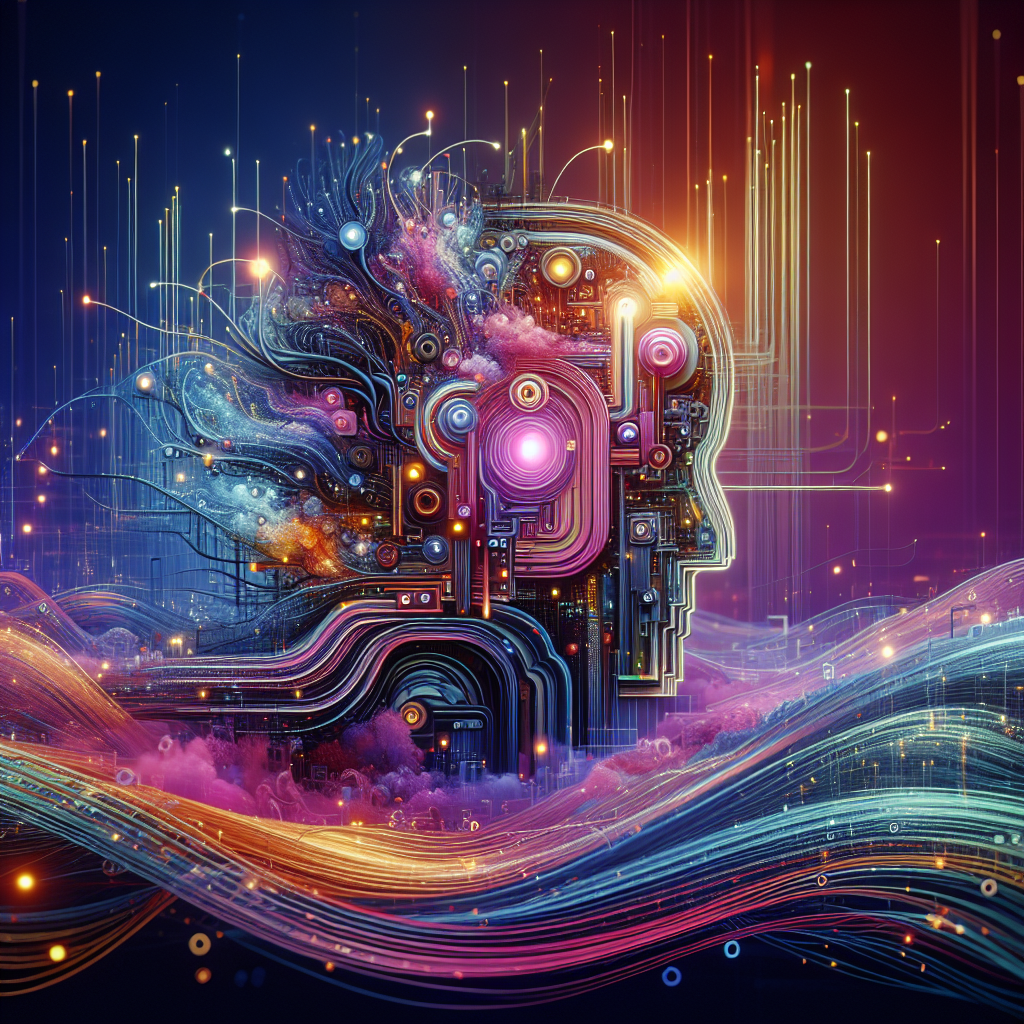Linguistic Bias in ChatGPT: Language Models Reinforce Dialect Discrimination
Linguistic Bias in AI: The Case of ChatGPT
Recent studies have highlighted the presence of linguistic bias in artificial intelligence (AI) systems, specifically in OpenAI’s language model, ChatGPT. This bias is seen to reinforce dialect discrimination, posing significant ethical concerns.
Unveiling the Bias
ChatGPT, a popular AI language model, has been found to exhibit bias against certain dialects. This bias is not intentional but is a result of the model’s training on a vast amount of internet text, which inherently contains human biases.
Implications of the Bias
The linguistic bias in ChatGPT can lead to the reinforcement of dialect discrimination. This can have serious implications, including the marginalization of certain linguistic communities and the perpetuation of harmful stereotypes.
- Community Marginalization: The AI’s bias can result in the exclusion of certain dialects, leading to the marginalization of the communities that use these dialects.
- Stereotype Perpetuation: The AI’s bias can also perpetuate harmful stereotypes associated with certain dialects, further deepening societal divisions.
Addressing the Issue
OpenAI is committed to addressing this issue and is actively working on improving the fairness of ChatGPT. The organization is investing in research and engineering to reduce both glaring and subtle biases in how ChatGPT responds to different inputs. They are also exploring external audits of their safety and policy efforts.
Conclusion
The presence of linguistic bias in AI systems like ChatGPT is a pressing issue that needs to be addressed to prevent the reinforcement of dialect discrimination. While steps are being taken to rectify this, it is a reminder of the ethical considerations that need to be taken into account in the development and deployment of AI systems.












